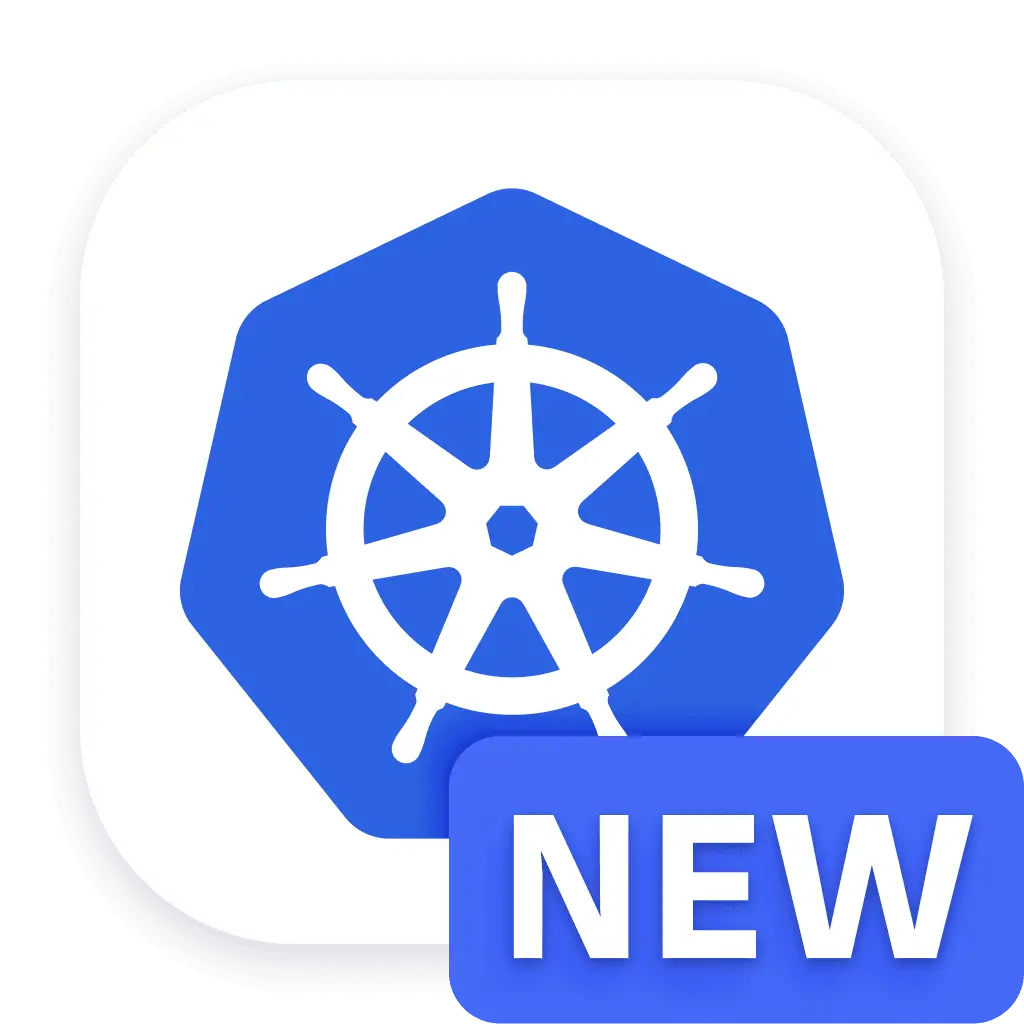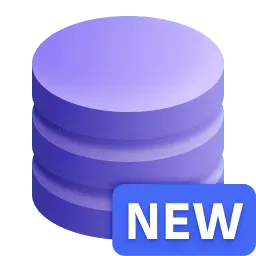Explore data
- Concept
- 2-min read
- Published Jun 17, 2025
Grail offers different ways to easily explore data and gather insights.
Exploratory analytics with Dashboards and Notebooks
Use  Dashboards to monitor your applications, services, and systems in real-time, visualize and track metrics and performance indicators or check how your performance compares to service-level objectives (SLOs).
Dashboards to monitor your applications, services, and systems in real-time, visualize and track metrics and performance indicators or check how your performance compares to service-level objectives (SLOs).
In  Dashboards, you can observe data stored in Grail, compare it with external data, and add markdown to enrich your visualizations with context. It offers sophisticated interaction and collaboration features such as forecasting, filtering, drilldowns, download, or sharing, and supports various rich visualizations such as band charts, categorical charts, pie charts, honeycombs, histograms, and world maps.
Dashboards, you can observe data stored in Grail, compare it with external data, and add markdown to enrich your visualizations with context. It offers sophisticated interaction and collaboration features such as forecasting, filtering, drilldowns, download, or sharing, and supports various rich visualizations such as band charts, categorical charts, pie charts, honeycombs, histograms, and world maps.
In  Notebooks, you can create data-driven documents to perform custom and exploratory analytics. You can use notebooks for troubleshooting or documentation use cases, and to analyze complex incidents by pulling together metrics, logs, traces, and events into a single view, and use Davis causal analytics and forecasting capabilities.
Notebooks, you can create data-driven documents to perform custom and exploratory analytics. You can use notebooks for troubleshooting or documentation use cases, and to analyze complex incidents by pulling together metrics, logs, traces, and events into a single view, and use Davis causal analytics and forecasting capabilities.
Start collaborating with your team, interact with data, and incorporate external data by running Dynatrace Functions.
You can easily create your own analysis by exploring data for logs, metrics, amd more. Use a point-and-click interface to define your exploration, filter data, sort, or summarize results.
Explore data in context
Use the Dynatrace apps, which analyze data stored in Grail and offer rich out-of-the-box use cases for every user. For example:
- Monitor cloud native environments with apps such as
 Kubernetes.
Kubernetes. - Perform fast and precise forensics for security and log data with
 Security Investigator.
Security Investigator. - Explore business events with
 Explore Business Events.
Explore Business Events. - Explore infrastructure observability related scenarios such as cloud observability with
 Clouds, database health with
Clouds, database health with  Databases, or host and data center health with
Databases, or host and data center health with  Infrastructure & Operations.
Infrastructure & Operations.
By putting data in context, Dynatrace allows you to easily view log data related to a frontend error or surrounding log data when analyzing your Kubernetes pods and clusters.
Custom analytics
Use Dynatrace and its AppEngine to tailor your experience and address new scenarios by combining observability with security data without losing business context. With access to all capabilities of the Dynatrace platform, including Smartscape, Davis AI or Grail™, you can build apps with intelligent automation and deliver precise answers to your clients by applying logic to the data stored in Grail.
Learn more about how to leverage the value of data stored in Grail using Custom Solutions.